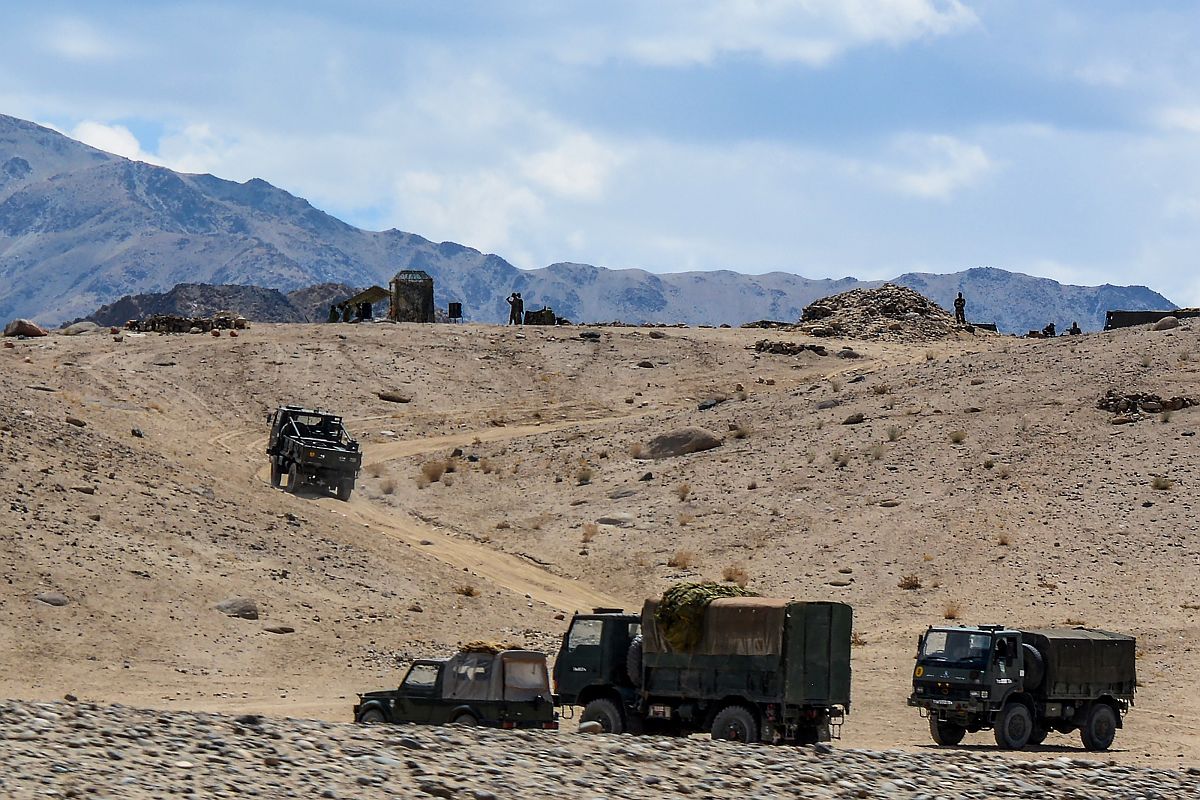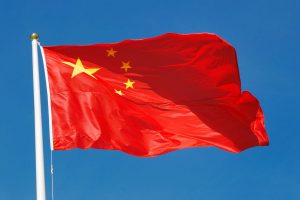In a marathon meeting that lasted for almost 15 hours, the military delegates of India and China held deliberations on disengagement and de-escalation of troops and materials on their borders in eastern Ladakh along the Line of Actual Control (LAC).
This time the talks were again held at Chushul on the Indian side. The first and second meetings were held in Moldo on the Chinese side.
Advertisement
The talks started at 11.30 am on Tuesday and ended only at 2 am on Wednesday.
This is the fourth Corps Commander-level meeting between 14 Corps Commander Lieutenant General Harinder Singh and South Xinjiang Military District chief Major General Liu Lin, that took place on the lines of the one held at the Chushul-Moldo border personnel meeting (BPM) point in eastern Ladakh on June 6.
During the talks, the Indian side asked PLA troops to completely withdraw from Pangong Lake and Depsang area. Before the parleys started, India’s main aim was to get the Chinese People’s Liberation Army remove its tanks, artillery and additional forces at Pangong Lake and Depsang areas.
Both the countries are engaged in military and diplomatic deliberation to de-escalate the tense situation at the border areas.
India and China are locked in ten-week-long standoff at multiple points along the border.
Meanwhile, on July 10, India and China resolved to ensure complete disengagement of troops along the Line of Actual Control (LAC) and de-escalation from India-China border areas for full restoration of peace and tranquility between them in accordance with bilateral agreements and protocols.
The reaffirmation came at the 16th meeting of the Working Mechanism for Consultation and Coordination (WMCC) on border affairs (WMCC) held Friday afternoon. The Indian delegation was led by Naveen Srivastava, Joint Secretary (East Asia) in the Ministry of External Affairs (MEA), while the Director General of the Boundary and Oceanic Department of the Chinese Ministry of Foreign Affairs led his country’s delegation.
The two sides recalled the agreement reached between the two foreign ministers on 17 June as well as the agreement between two Special Representatives (SRs) during their telephonic conversation on 5 July.
The two sides also agreed that for the overall development of bilateral relations it was essential to maintain enduring peace and tranquility in the border areas, the MEA said in a statement.
The two sides also agreed to maintain the ongoing communication both at the diplomatic and military level to ensure early resolution of the situation. In this context, they agreed to hold another meeting of the WMCC in the near future.
Speaking of the past engagements, the third Corps Commander-level meeting between the two sides was held on June 30 which went on for for almost 12 hours wherein India put out a strong message that PLA troops had not abided by the disengagement consensus.
Following the third round of talks, visible disengagement was witnessed at the borders. The disengagement process between Indian and Chinese armies at three friction points along the Line of Actual Control (LAC) in eastern Ladakh — Patrolling Point 14, Patrolling Point 15 and Patrolling Point 17 — was completed on July 9.
The Chinese troops pulled back by around 2 kilometres in the at Patrolling Point 17 in Hot Springs area.
Also, the Chinese PLA had reportedly started thinning out in the contentious Finger area near the Pangong lake in Ladakh.
The disengagement process between the two armies in the Galwan valley began on July 6 after a two-month military standoff.
The Indian Army also moved back from these areas by almost an equal distance from areas which were its patrolling points till May first week when the Chinese started building up along the LAC.
With the retreat by both sides, a four kilometre no-man zone has been created.
The mutual agreement on disengagement came after a key phone call between Chinese Foreign Minister, State Councillor and Special Representative on the Sino-Indian Boundary Issue Wang Yi and Indian National Security Advisor and Special Representative Ajit Doval on July 5.
Both the countries noted that it was necessary to ensure at the earliest complete disengagement of the troops along the LAC and de-escalation from India-China border areas for full restoration of peace and tranquillity and also agreed that the two sides should not allow differences to become disputes.
The two sides also agreed to ensure a phased and stepwise de-escalation in the India-China border areas.
They re-affirmed that both sides should strictly respect and observe the LAC and should not take any unilateral action to alter the status quo and work together to avoid any incident in the future that could disturb peace and tranquillity in border areas.
The first and second military meeting was on June 6 and June 22 respectively, which were claimed to be held in a “cordial, positive and constructive atmosphere”, had not yielded any results.
The unprecedented violent clash between the two armies that killed 20 Indian Army personnel on June 15 happened after the first round of talks.
After the second meeting, Chinese People’s Liberation Army troops defied the agreed mutual consensus to disengage and returned to Patrolling Post 14 on the Line of Actual Control in Galwan valley. The PLA had even reportedly set up tents and an observation point exactly where it was on June 15.











